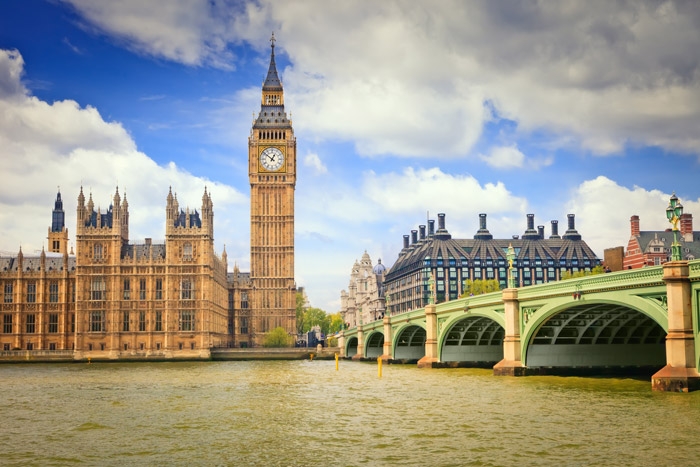As a famous poet once remarked, England is truly a green a pleasant land. And among the best ways to take in this pleasantness is by taking a trip along one of the country’s most famous rivers. Let’s consider a few of them, and what makes them so worthy of a day’s visitation (or perhaps even longer!)


This river is normally thought of as the longest in the country (though measuring the length of rivers is a notoriously ambiguous business. It actually starts in neighbouring Wales before making its way into England, flowing through Shropshire, Worcestershire and Gloucestershire in an enormous loop that eventually comes to an end in the Bristol Channel.
If you’re looking to see what Worcester, Gloucester and Shrewsbury have to offer, then there are few better ways than via a trip along the Severn. You’ll be able to hire a boat for a long weekend and see almost everything there is to see. It’s also worth making a stop at some of the smaller riverside towns and villages to see what’s on offer – with Bewdley and Bridgnorth being particular favourites.
Thames
Of course, we couldn’t get through a whole list of significant English rivers without mention of the country’s most famous. As well as being among the most famous, however, the Thames is also notable for being among the busiest waterways in the country. As well as sightseeing and pleasure cruises, you’ll also find sizeable transport vessels in this part of the world. If you’re looking to see the best of what the capital has to offer, then be sure to book a Thames boat trip. And if you’re looking to do so while enjoying some of the best drinks in the capital, then Thames cruises afternoon tea will surely fit the bill. What more British activity could there be, after all, than a sampling of the national drink while floating along the country’s most famous river.
Trent
This river originates in Staffordshire, and passes through Nottingham and Stoke before joining the River Ouse (which we’ll come to shortly) to form the Humber, which flows out into the North Sea in a sizeable estuary which you’ll be able to easily spot on a map of the country once you know what you’re looking for.
The Trent passes alongside and beneath a number of interesting pieces of architecture, including Newark Castle and Swarkestone Bridge. If you’re looking to see some of the most vibrant and varied sights that there are to see in this part of the world, a sleepy trip along the Trent is sure to provide exactly that.
Ouse
This river is formed by the confluence of the river Ure with the Ouse Gill Beck. From here, it flows through the city of York and southward toward the Humber. One potential source of befuddlement is the river’s name; take a look at it and you’ll see that it doesn’t ooze anywhere, any more than it flows like a normal river. The exact source of the name isn’t precisely known, but the most plausible theories hold that it’s an evolution of the Roman name for Aldborough into the Anglo-Saxon language.
Wye
This major river is the fifth longest in the entire United Kingdom, and covers around 134 miles. It terminates in the same estuary as the Severn, and generally constitutes the border between England and Wales. It’s known for its rich stocks of salmon, particularly in the lower section.
The river wye provides several sections which are suitable for kayakers and canoeists of just about every ability, as well as several riverside locations where one might pitch a tent. If you’re looking for treacherous rapids, then be sure to include a visit to Symonds Yat into your trip; these rapids have been artificially created using rock walls just beneath the surface.
Avon
The river Avon is perhaps most notable for passing through the town of Stratford, the town in which Shakespeare was born. If you’re a fan of the works of the master, you’ll want to squeeze a trip to this part of the world into your itinerary. Shakespeare’s birthplace itself is a restored 16th-century house that can be found on Henley Street. It’s now a small museum which members of the public can easily visit for a greater understanding of the bard’s formative years.
The town itself offers plenty to see and do beyond Shakespeare, however, and so it’s worth stepping out of the boat and going for a wander.

